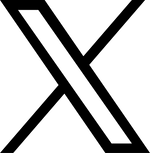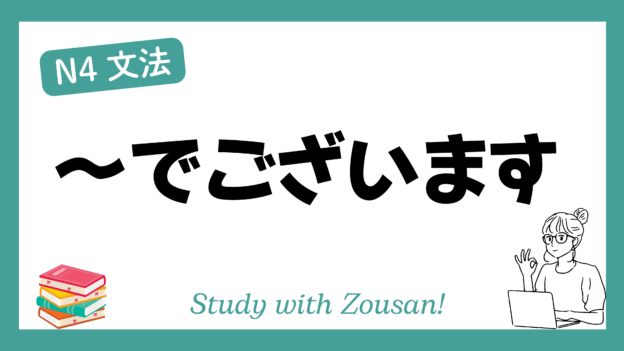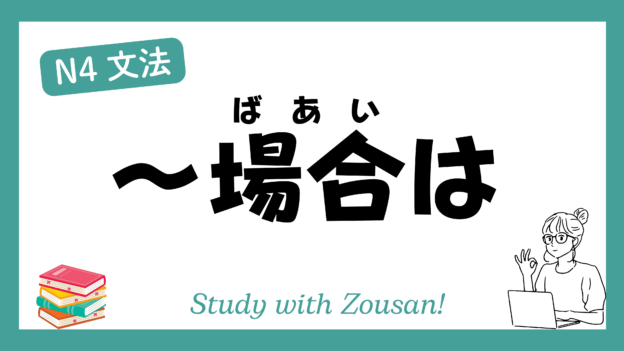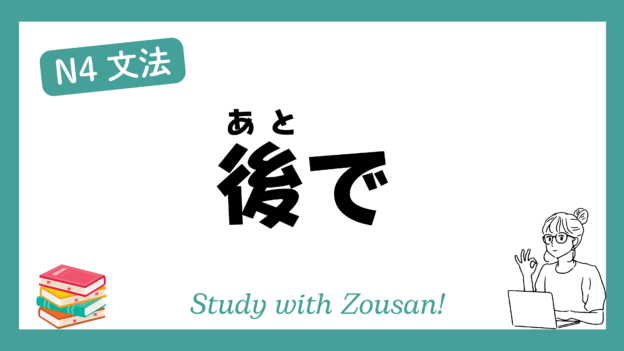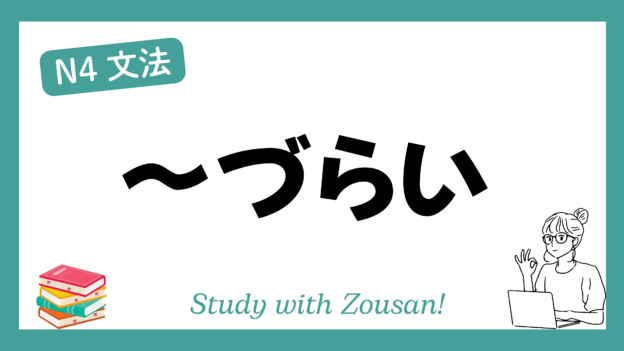Meaning: “To smell…” / “To hear…” / “To feel…”
~がする is used to express the perception of smell, taste, sound, or feeling experienced by the speaker. This structure emphasizes that the speaker senses something through their senses.
※Note:
・~がする is often combined with nouns representing smells (におい), sounds (音), taste (味), or feelings (気配) to describe what the speaker senses.
・This structure is commonly used in daily spoken language to describe a direct perception of the speaker.
・In negative sentences, ~がしない is used to express that there is no particular perception.
Structure:
| Noun + がする/がします |
Example:
-
-
-
🌟 いい匂いがする。
(いい におい が する)
It smells good. -
🌟 変な音がする。
(へん な おと が する)
I hear a strange sound. -
🌟 甘い味がする。
(あまい あじ が する)
It tastes sweet. -
🌟 焦げた匂いがする。
(こげた におい が する)
It smells burnt. -
🌟 彼の声がする。
(かれ の こえ が する)
I hear his voice. -
🌟 ガスの匂いがする。
(ガス の におい が する)
It smells like gas. -
🌟 風の音がする。
(かぜ の おと が する)
I hear the sound of the wind. -
🌟 魚の味がする。
(さかな の あじ が する)
It tastes like fish. -
🌟 誰かの気配がする。
(だれか の けはい が する)
I sense someone’s presence. -
🌟 雨の匂いがする。
(あめ の におい が する)
It smells like rain.
-
-



